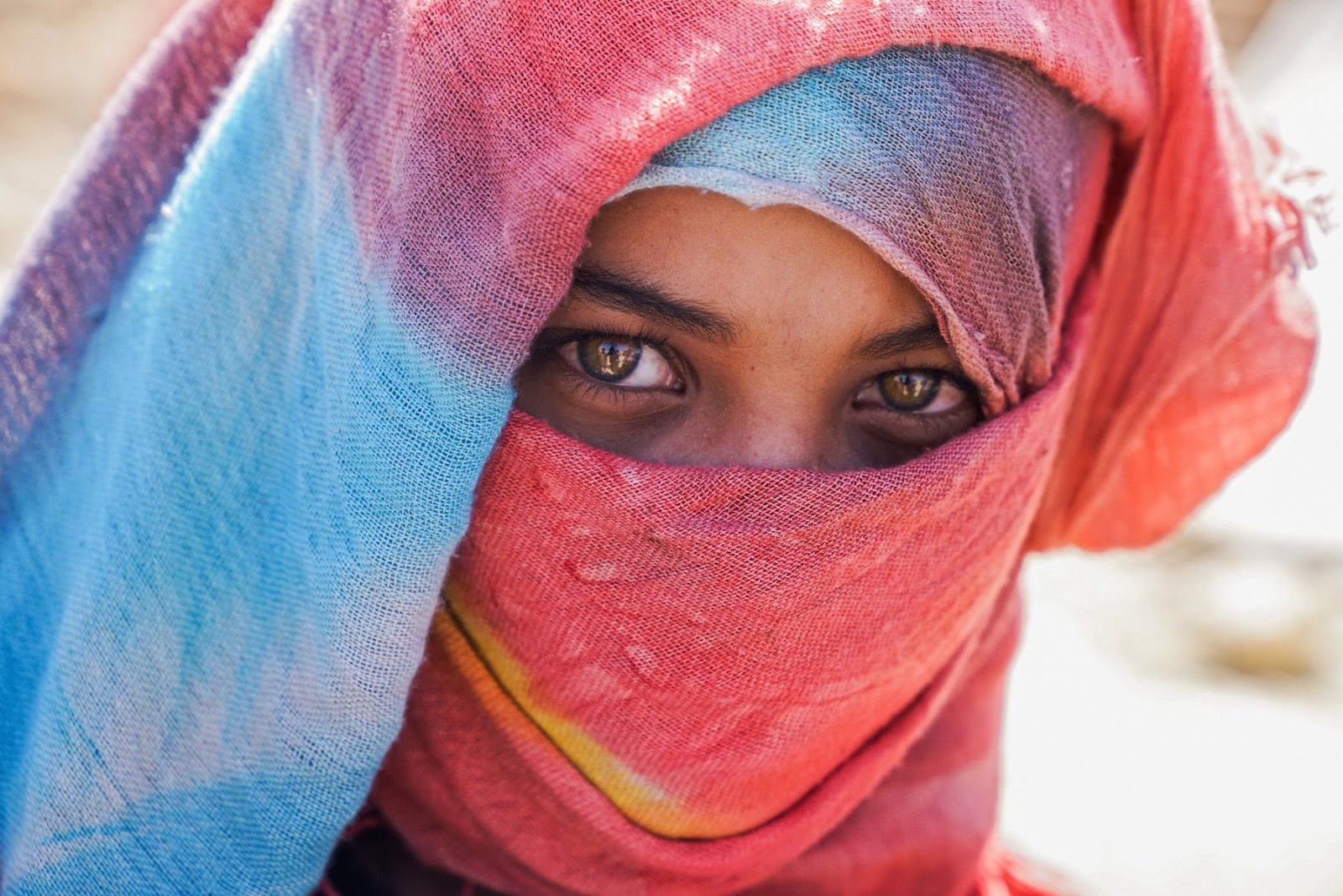
An inhuman conflict is destroying Yemen, where two-thirds of the people are in need of humanitarian aid or protection to survive. The conditions are worsening so fast that it could come to the point of no coming back.
The humanitarian community has asked US $2.1 billion for 2017 to cover Yemen’s most crucial needs. However, by mid-April, only 15% of this claim had been funded.
1. Yemen is now facing the greatest humanitarian crisis worldwide
In consequence of the escalation of conflict in 2015, a predicted 18.8 million people in Yemen need some humanitarian assistance or protection.

A medical worker measures a little girl for malnutrition in An-Nassiri village, located 60 km from Al Hudaydah. Credit: Giles Clarke/OCHA
2. The crisis is totally made by humans
The conflict is taking a big toll on Yemen’s civilian population. There have been more than 7,000 people killed and more than 42,000 injured since the violence increased in just two years. Air strikes and localized fighting have damaged the economy and led an already vulnerable and impoverished country to social, economic and institutional collapse.

A man and his sons go under a bridge to collect water. The bridge was damaged in the conflict last year. Credit: Giles Clarke/OCHA

A boy runs with a tire past destroyed houses. Credit: Giles Clarke/OCHA
3. Yemen is on the verge of starvation
Yemenis are facing the world’s biggest food security crisis. Around 7.000.000 people have no clue where their next food supply will come from, and 1 in every 2 kids is stunted.

3-year-old Kholod stands on a bed shortly after being taken to the pediatric ward at Al Thawra Hospital. Credit: Giles Clarke/OCHA
4. Countless people have fled their homes
Approximately 2.000.000 people in Yemen are internally displaced because of the crisis. Many have found shelter in schools or informal settlements, with restricted access to essential services.

More than four hundred families live in this settlement for internally displaced persons (IDPs) in Khamir. Credit: Giles Clarke/OCHA

15-year-old Ibtissam traveled with her seven siblings to Khamir after the death of their parents. Credit: Giles Clarke/OCHA
5. The conflict has seriously disrupted the access to vital goods into Yemen
The country depends on imports for 80% to 90% of its food, fuel and medicine supplies. Al Hudaydah Port—Yemen's main port and a lifeline for 60% of food insecure people—is operating at limited capacity.

These cranes at Al Hudaydah Port have been out of service since mid-2015, with very few chances of repair anytime soon. Credit: Giles Clarke/OCHA

A worker stands at Al Hudaydah Port, where more than 20 thousand people are employed. Credit: Giles Clarke/OCHA

A fishmonger holds up a little hammerhead shark for sale at a fish market in Al Hudaydah. Credit: Giles Clarke/OCHA
6. The health system is on the edge of collapsing
Stocks of medical supplies are critically low in Yemen, and lots of doctors and nurses work voluntarily or receive considerably reduced wages. Humanitarians estimate that every ten minutes, a kid under age 5 dies of preventable causes.

4-month-old Saleh weighs 2.5 kg and was taken to hospital earlier this month for severe acute malnutrition. Credit: Giles Clarke/OCHA

Parents look after their premature twins in As-Sabaeen Hospital in Sana’a. Credit: Giles Clarke/OCHA
7. Clean water is currently a scarce commodity
More than 8.000.000 people don't have access to safe drinking water and sanitation in the country. The population is now in danger of disease outbreaks, like cholera, dengue, and scabies.

Children carry water containers in an IDP settlement in Khamir, located 100 km north of Sana'a. Credit: Giles Clarke/OCHA
8. Women and little girls are among the most defenseless people in the conflict
The crisis' consequences are frightening for women and girls. They face ominous possibilities, including abuse and forced marriage. Gender-based violence was common before the crisis, but according to UNFPA, rates have risen by more than 63% since 2015, which means that some 2.600.000 women and girls are now in danger.

A young girl in An-Nassiri, a tiny rural village located 60 km from Al Hudaydah. Credit: Giles Clarke/OCHA

A 90-year-old blind woman sits in her house in An-Nassiri, a tiny rural village located 60 km from Al Hudaydah. Credit: Giles Clarke/OCHA
9. The humanitarian community is prepared to respond, but the need for financial support and access is pressing.
Today, approximately 120 organizations—including 80 national organizations—are working incessantly to counter the crisis. So far in 2017, the humanitarian community has provided life-saving assistance to millions of people. However, without access to affected people and enough funding, millions of lives will keep on hanging in the balance.

IDPs receive mattresses, blankets, kitchen sets and wash buckets at an aid distribution point in Mokha. Credit: UNHCR
Based on Unocha.raisely.com
Related:















I read some articles on this site and I think your blog is really interesting and has great information. Thank you for your sharing.
ReplyDeletewindows movie maker